Crested Gecko
(Correlophus ciliatus)
The crested gecko (Correlophus ciliatus), also known as the eyelash gecko, is a fascinating species native to New Caledonia, a group of islands in the South Pacific. Once thought to be extinct, it was rediscovered in 1994 and has since become a popular pet due to its unique appearance and easygoing nature. These geckos are named for the crest of skin that runs from above their eyes down the sides of their head, resembling eyelashes. Crested geckos are arboreal, meaning they spend most of their time in trees, and they have specialized toe pads and a prehensile tail that help them climb. They are nocturnal and feed primarily on fruit, nectar, and insects. With their gentle temperament, wide variety of colors and patterns, and low-maintenance care requirements, crested geckos are ideal for both beginner and experienced reptile keepers.
IUCN Status: Vulnerable (although sometimes still listed as Data Deficient due to limited information on wild populations)
Range: Native to the southern end of New Caledonia, specifically the islands of Grande Terre, including the Isle of Pines and surrounding areas.
Habitat: Humid, tropical rainforests with dense vegetation; they are primarily arboreal and are often found in shrubs and low tree canopies.
Lifespan: Typically 15–20 years in captivity; lifespan in the wild is likely shorter due to predators and environmental factors.
Size: Adults range from 6 to 10 inches (15 to 25 cm) in total length, including the tail.
Diet: Omnivorous—feeds on a mix of soft fruits, nectar, and insects.
Clutch Size: Usually 2 eggs per clutch.
Incubation: Eggs typically take 60 to 90 days to hatch, depending on temperature and humidity conditions.

The gecko is a stunning example of the God of the Bible’s intricate and purposeful design. Unlike most creatures, geckos can effortlessly walk across walls and ceilings—thanks to millions of microscopic hairs called setae on their toes, which create a powerful yet reversible grip using van der Waals forces. This unique feature reflects the Creator’s incredible attention to detail, engineering a creature with capabilities that continue to astonish scientists. Each gecko is a living testimony to a Designer who is both powerful and personal. Just as God gave the gecko exactly what it needed to live and thrive, He has given us exactly what we need for eternal life through His Son, Jesus Christ. Because of our sin, we are separated from God, but Jesus came to take our place, dying on the cross and rising again so that anyone who trusts in Him can be forgiven and made new. The God who designed the gecko also designed a way for us to be rescued—and that’s the best news of all.
100 Million Year Old Gecko Foot?
In 2008, scientists discovered a remarkably preserved gecko foot trapped in amber, estimated by secular researchers to be around 100 million years old. This fossil, found in Myanmar, displays the same intricate toe pad structures seen in modern geckos—tiny ridges that enable them to climb smooth surfaces using van der Waals forces. From a biblical young earth perspective, which holds that the earth is around 6,000 to 10,000 years old based on a straightforward reading of Genesis, such fossils are better understood as being formed rapidly during or after the global Flood described in the Bible. The gecko foot’s preserved detail and lack of evolutionary change over "millions of years" challenges the idea of gradual transformation over vast timescales and instead supports the belief in the created kinds remaining stable over time—just as we would expect from a Creator who designed them to reproduce according to their kinds.


